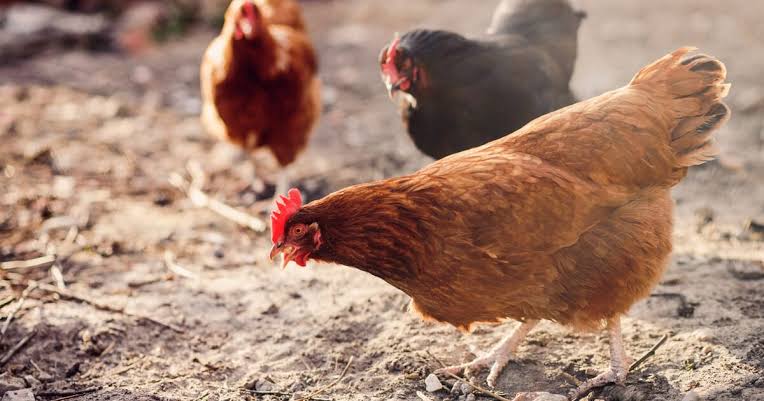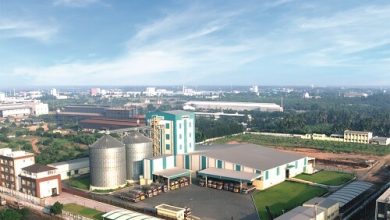Feed Additive Combinations could be Solution for Wooden Breast

New research from Novus International is included in latest issue of Frontiers in Physiology
SAINT CHARLES, MO (May 6, 2021)
A concern for poultry producers globally, wooden breast is a degenerative condition affecting chicken breasts that ultimately impacts meat quality and can cost the industry millions each year. New research from Novus International, Inc. recently published in Frontiers in Physiology explains how combinations of feed additives can impact this financially damaging myopathy.
Strategies to reduce wooden breast do exist; these are broadly growth-rate-related and antioxidant-based approaches. The results from these methods vary and sometimes can impact performance such as growth rate, slaughter weight, and breast yield. However, an ideal solution is one that offers repeatable success in reducing incidence of wooden breast without sacrificing performance in broiler birds.

“Although the exact reason is unclear, it’s well-known that incidence of wooden breast is associated with oxidative stress in broiler birds,” Kuttappan said. “So, we wanted to see if combinations of feed additives such as highly bioavailable sources of trace minerals and dietary antioxidants that address tissue oxidative stress could make an impact.”
Poor quality fat or heat stress can instigate oxidative stress in animals, potentially leading to conditions such as wooden breast. Knowing that, Novus researchers took birds experiencing oxidative stress associated with feeding oxidized fat and heat stress and evaluated how Novus’s MINTREX® trace minerals (zinc, copper and manganese), which are marketed for their bioavailability, along with or without a dietary antioxidant and organic selenium impacted the meat quality.
In the study*, birds fed a diet with oxidized fat, a combination of MINTREX® Zn, MINTREX® Cu, and MINTREX® Mn, along with a dietary antioxidant showed reduced oxidative stress in muscle tissue and significantly increased normal/wooden-breast-free fillets by 22% (33% vs 11% when compared to control birds). Where heat stress was concerned, adding MINTREX® trace minerals alone to the diet showed significant increases (13%) in the incidence of normal fillets (21% vs 8% when compared to control birds), and reduced other poultry carcass quality defects such as tibial head lesions, skin scratches, and breast blisters. Researchers observed a higher magnitude of increase in normal fillets (38% vs. 8% compared to control birds), when MINTREX® was combined with the antioxidant and organic selenium.
“The combination of MINTREX® trace minerals, organic selenium, and dietary antioxidants resulted in the effective reduction of wooden breast severity, plausibly through the reduction of oxidative stress in tissue,” Kuttappan said. “This may be due to the activation of various endogenous antioxidant enzymes and reducing dietary sources of oxidative stress.”
*Frontiers in Physiology is a peer-reviewed Journal that examines the physiology of living systems and its interaction with the environment. The Novus study titled, “Nutritional Intervention Strategies Using Dietary Antioxidants and Organic Trace Minerals to Reduce the Incidence of Wooden Breast and Other Carcass Quality Defects in Broiler Birds,” is included in the April 2021 journal in the Avian Physiology section and is viewable here: https://www.frontiersin.org/articles/10.3389/fphys.2021.663409/full
For more information about MINTREX® trace minerals or Novus, visit www.novusint.com.




